Photo
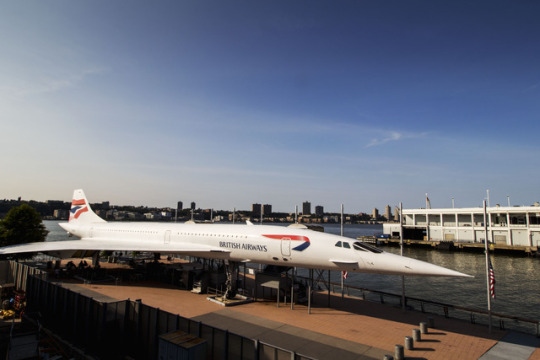

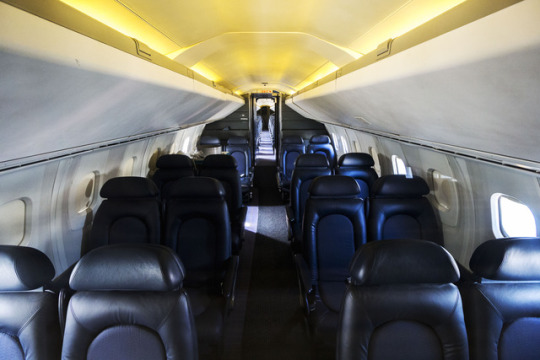


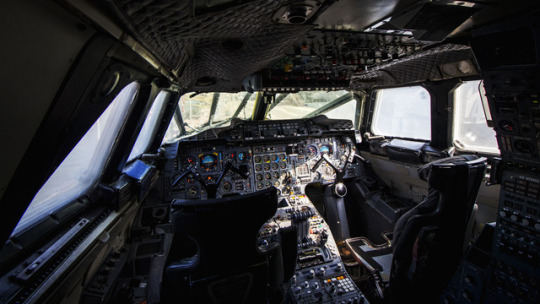
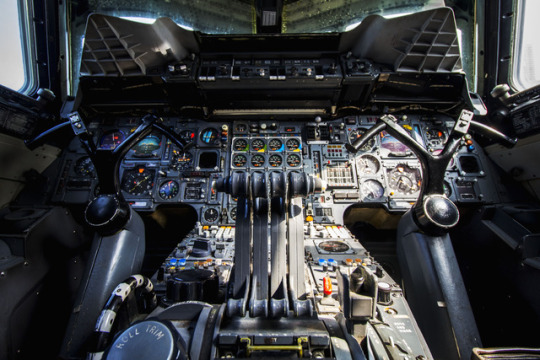
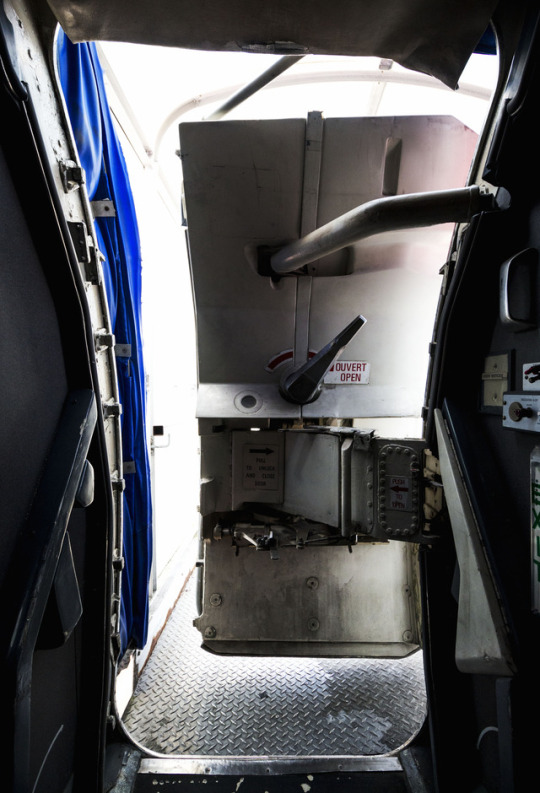

New Yorkers would grow to love Concorde like no one else. As soon as they started flying passengers at supersonic speeds in January 1976, it became the goal of Air France and British Airways to quickly establish what would purportedly be a lucrative service into JFK Airport in New York City. To much fanfare, Concordes from both airlines arrived at JFK for the first time nearly simultaneously on April 19, 1977.
Concorde 210 G-BOAD had the most flight time of any Concorde with 23,297 hours and 25 minutes. After 8406 takeoffs and landings and 7010 supersonic cycles, she made her final flight into JFK on November 10, 2003, then was transported to the Intrepid Museum in New York City where she now rests on a pier between the Hudson River and 12th Avenue. This airframe is the perfect ship to display here because she made the fastest Atlantic crossing by any airliner, from Heathrow to JFK in 2 hours, 52 minutes and 29 seconds, wheels up to wheels down.
#Aviation#Aerospace#Airliner#Science#Engineering#History#Photography#Aerospace Photography#Aviation Photography#Project Habu#Curt Mason#Concorde#Museum#Intrepid#Intrepid Museum#New York#NYC#New York City#British Airways#Air Museum#Space Museum#Aviation Museum#Jet#Airplane#Plane#SST#Cockpit
184 notes
·
View notes
Photo
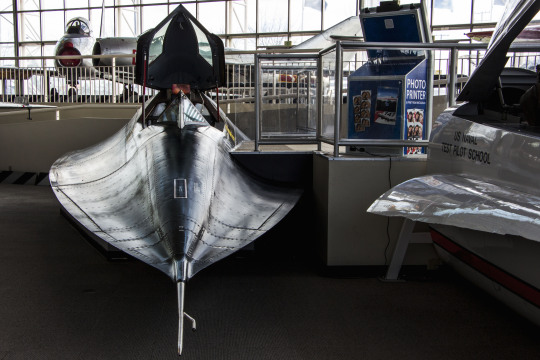
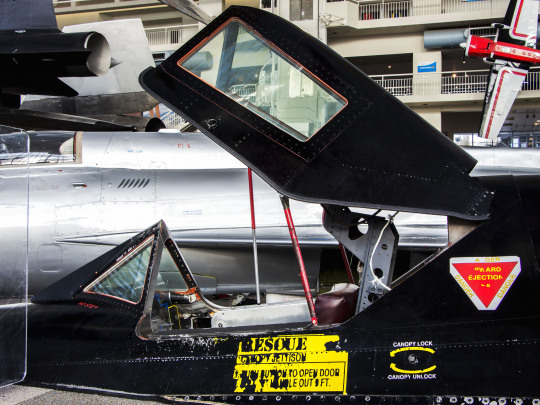
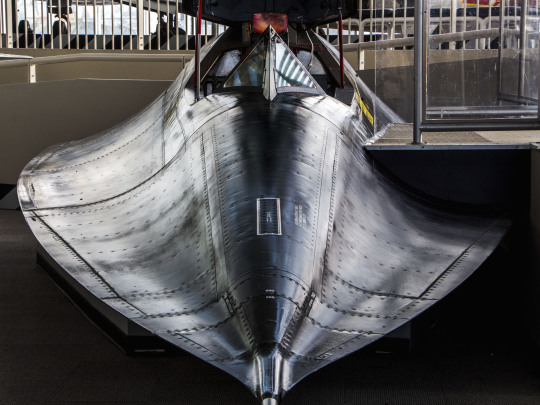
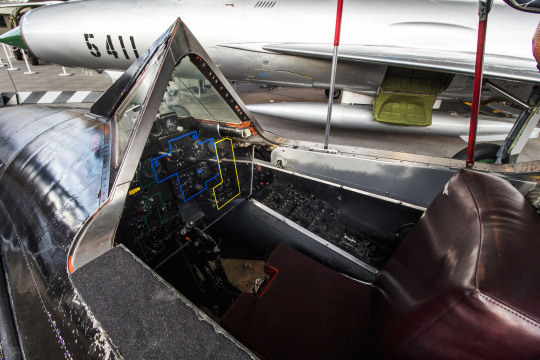




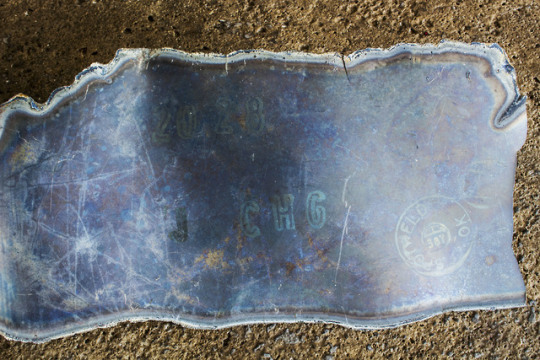
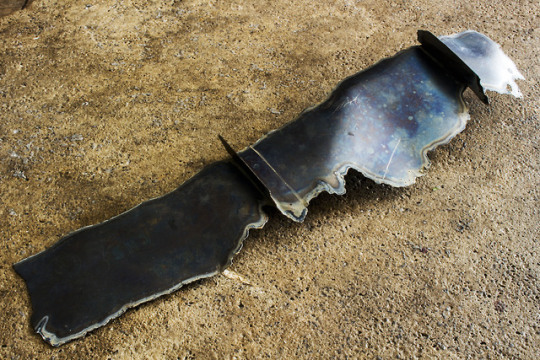
Around 10:00 AM on October 10, 1968, SR-71 17977 was poised to take off on Runway 14 at Beale Air Force Base, California. With 12,000 feet of concrete in front of him, Pilot Abe Kardong received the “all clear” light gun signal from the tower and pushed the throttles up causing the high pressure 415 psi tires to roll. As Kardong firewalled the throttles, the afterburners lit one after another with their distinctive green flash. Faster and faster, the tires sped down the runway, straining against centrifugal force until the brake on the left main landing gear failed catastrophically. Shrapnel pierced the underside of the wing which contained thousands of pounds of fuel. This fuel spewed out, ignited by the glowing afterburners into a raging inferno speeding down the runway like a comet. The launch crew, following 977 in a motor vehicle got on the radio, telling the airmen that they had “one hell of a fire”.
Fortunately, all of this happened before the aircraft reached its critical speed in which it must take off. They still had enough runway ahead to stop, plus a trusty arresting cable at the threshold designed just to bring the Blackbird to a halt. Kardong smartly deployed the drag chute, but it was immediately made useless, consumed by flames behind the plane. All six landing gear went flat, resulting in the collapse of a landing gear strut, the sharp engine nacelle now grinding against the concrete. Kardong steered toward the last chance to stop the plane, the arresting cable. Instead of catching, the titanium leading edge of the nacelle sliced through the cable like butter.
As the airspeed died down, the flames crept forward toward Reconnaissance Systems Officer James Kogler in the back seat. He decided to pull the little yellow handle between his legs and eject. He was thrust from the cockpit in an instant, his parachute blossoming, slowly lowering him to the field below. Although he would make a full recovery, he landed with scrapes, bruises and a compressed spine from the g-shock upon leaving the aircraft.
Pilot Kardong chose to stay with the aircraft, which was now skidding on its belly along the 1,000 foot overrun at the end of the strip. The Blackbird used all of it, coming to a halt in a field beyond the concrete. The launch crew drove up to the still burning plane, assisting Kardong from the wreckage. He was completely unharmed. Crash trucks would arrive, dousing the plane. The once beautiful aircraft lay there on its belly, battered, missing its rear canopy and covered in fire retardant foam. 977 was a complete loss, but everyone involved in the accident survived.
Today, the forward section of the aircraft rests at the Museum of Flight in Seattle, WA, restored with her canopy open, inviting every museum guest to climb aboard. This is the only Blackbird aircraft that allows guests inside on any regular basis. I must thank aerospace archaeologist Peter Merlin, who allowed me to photograph a piece of wreckage from his collection. The sample of titanium skin shows the stamp from the Skunk Works Burbank factory where SR-71 17977 was born.
#Science#Engineering#History#Airplane#Aerospace#Aviation#Aircraft#Jet#SR-71#Blackbird#SR-71 Blackbird#Photography#Aerospace Photography#Aviation Photography#Museum of Flight#Seattle#Peter Merlin#Accident#Crash#Plane Crash#Airplane Crash#Cockpit#Museum#Air Museum#Curt Mason#Project Habu
261 notes
·
View notes
Photo

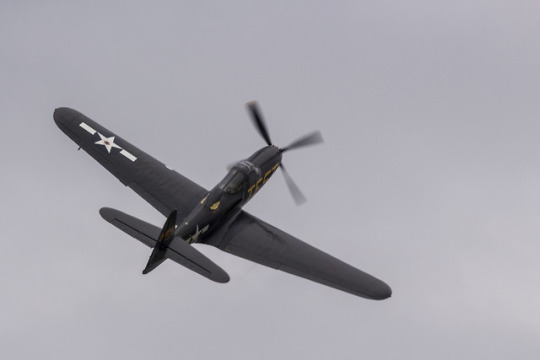



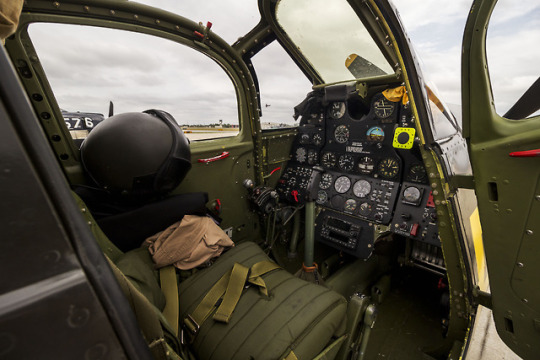
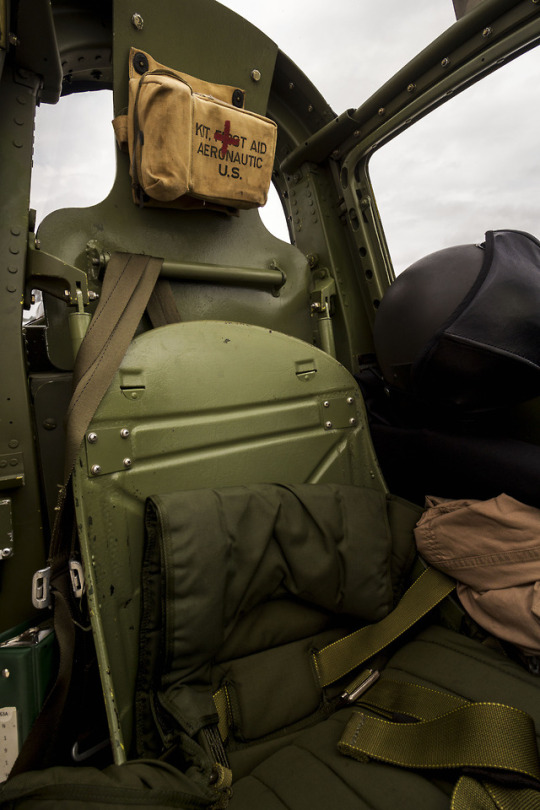
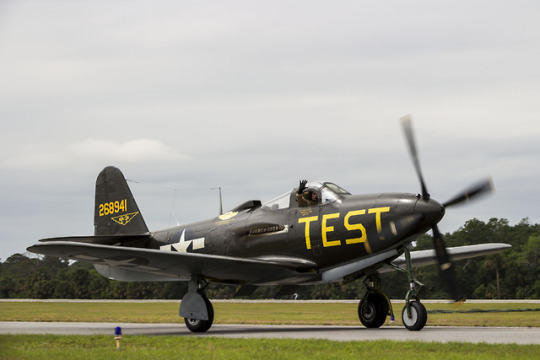
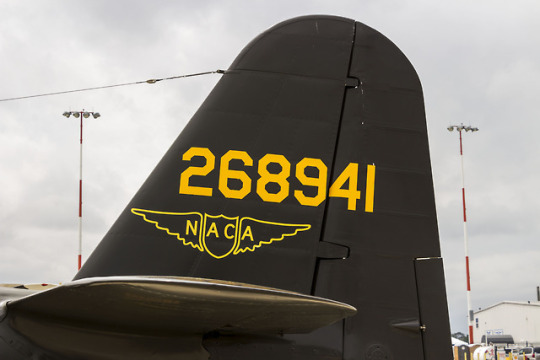

Thanks to the hard work of the Commemorative Air Force, yet another old flight test bird is still in the air. Bell P-63 Kingcobra 42-68941 was born in February of 1944 at the Bell factory near Niagara Falls and flew as one of the company’s test vehicles, helping develop later generations of Kingcobra.
In January of 1945, she became one of two NACA (National Advisory Committee for Aeronautics, now NASA) P-63 aircraft based at Moffett Field in Mountain View, CA, doing basic research. Over the decades, she was bought and sold many times, one time fraudulently, resulting in lengthy legal battles. Fortunately, she found a home with the Commemorative Air Force Dixie Wing in Peachtree City, GA, who painstakingly restored her for the air show circuit.
I took these photos at the 2018 Tico Warbird Airshow in Titusville, Florida, just across the river from Kennedy Space Center, which gave NASA workers and families a chance to see their history from generations past. Today, NASA aircraft go much higher, faster and farther, but we stand on the shoulders of NACA giants.
#Aircraft#NASA#NACA#National Advisory Committee for Aeronautics#P-63#King Cobra#Bell#Bell Aircraft#Photography#Aerospace#Aviation#Aerospace Photography#aviation photograph#history#Engineering#Science#Titusville Airshow#Tico Warbird Airshow#Commemorative Air Force#CAF#Kingcobra#P-63 Kingcobra#Curt Mason#Project Habu#Moffett Field#Airplane#Plane
231 notes
·
View notes
Photo

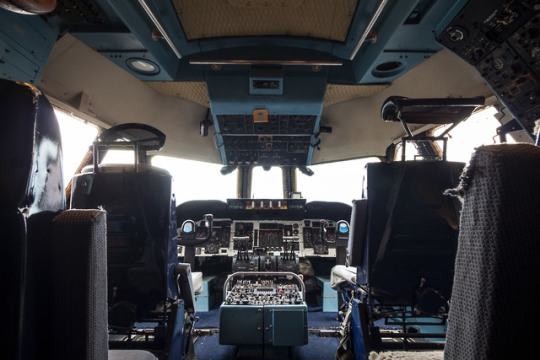
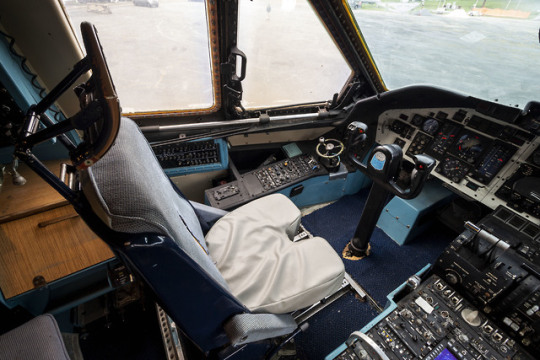

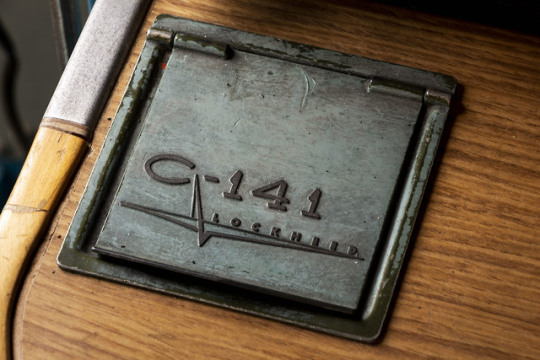
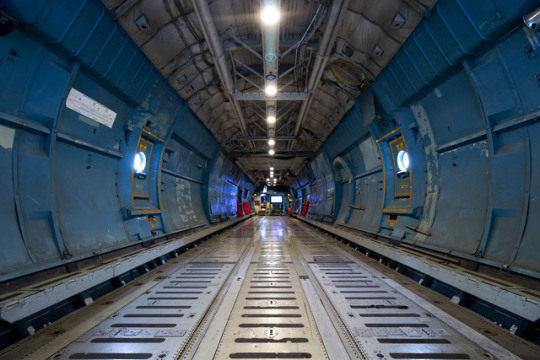
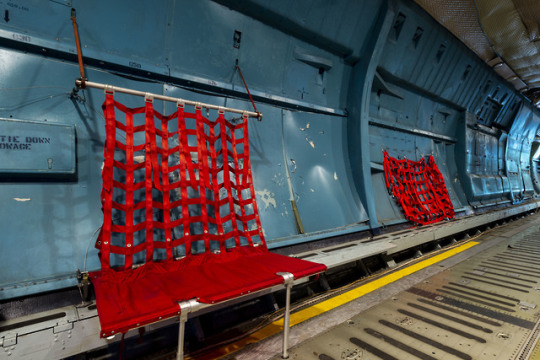
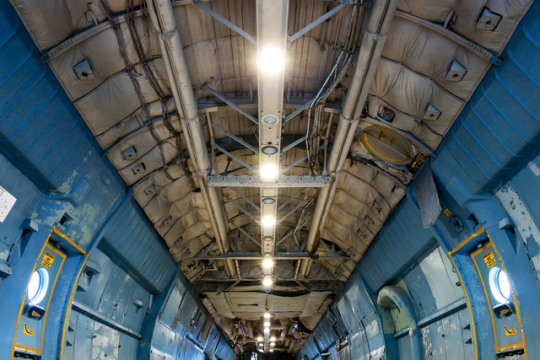

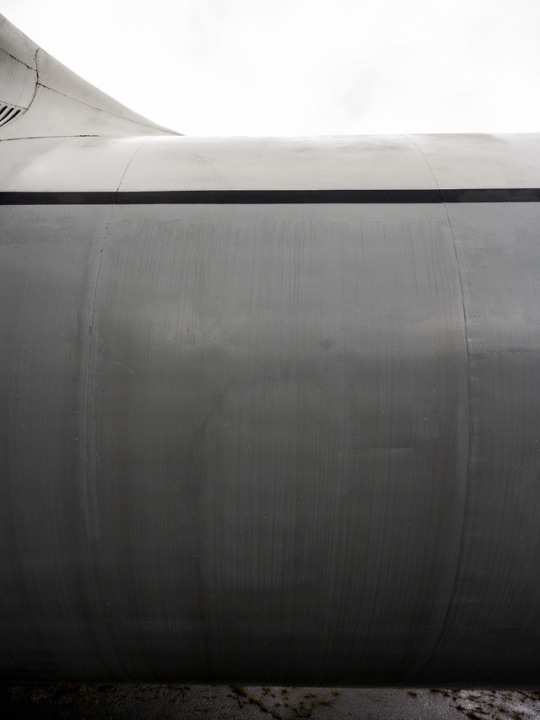
During early Starlifter operations it became apparent that the aircraft should be able to contain more volume while staying within weight and balance requirements. Lockheed began stretching the C-141A, grafting fuselage segments forward and aft of the wing, converting them to C-141B models. You can clearly see one such “fuselage plug” section in my final photo in the set. YC-141B 66-0186 was the first to achieve such treatment. She became an instrumented test vehicle, proving her design in the skies over Edwards Air Force Base, California.
In 1996, she returned home for retirement. The Starlifters were all born at Air Force Plant 6 in Marietta, Georgia, where she sat without wings for many years until “The Aviation Wing” museum acquired the historic prototype. They towed her to a museum airpark on Plant 6 and replaced the wings. Her restoration continues within eyeshot of the Lockheed plant that she rolled out of in 1966.
#Aerospace#Aviation#Engineering#History#Science#Photography#Aviation Photography#Aerospace Photography#Lockheed#Lockheed Martin#C-141#Starlifter#Marietta#YC-141B#The Aviation Wing#Project Habu#Curt Mason#Museum#Air Museum#Cockpit#Cockpit Photos#Jet#Airplane#Aircraft#Cargo Aircraft#C-141 Starlifter#Air Force Plant 6#Prototype#Prototype Aircraft
744 notes
·
View notes
Photo


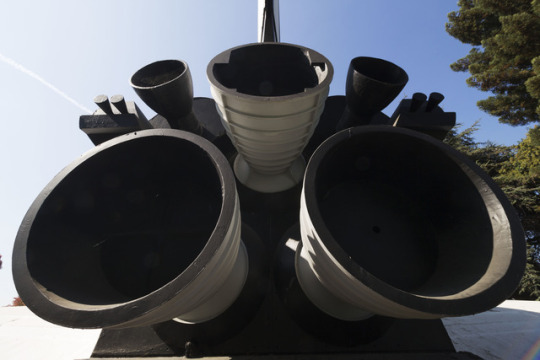
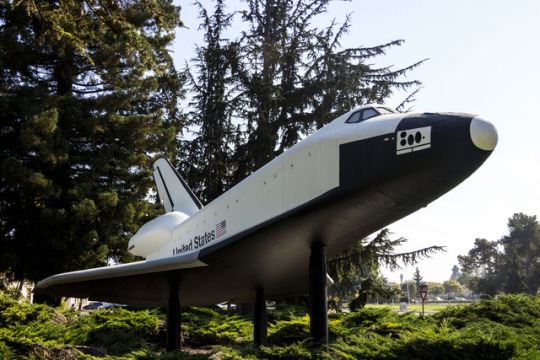
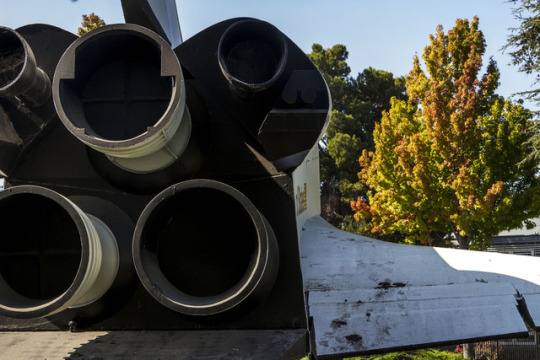
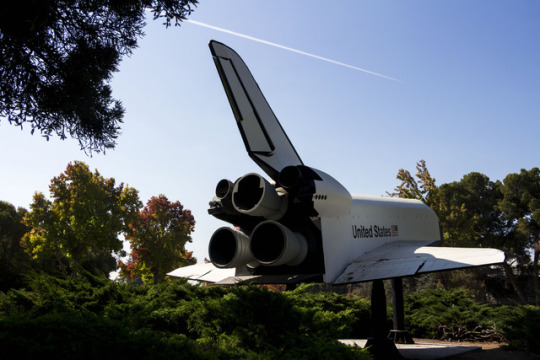
When driving through the main gate at Moffett Field in Mountain View, California, you are greeted by the sight of the 1/3 scale space shuttle wind tunnel model. During the 1970s, she underwent more than 200 hours of subsonic testing in the 40 by 80 foot wind tunnel at NASA Ames Research Center. When the tunnel was built in 1941, it was the largest in the world, now second only to the 80 by 120 foot wind tunnel now grafted onto the side of the original.
In the days before computational fluid dynamics, testing this scale model was the best way to verify that the orbiter would fly true during the all important landing phase of the mission. These physical models are still often used today to verify that computer models are analyzed correctly.
#History#Engineering#Science#Space#Spacecraft#Space Shuttle#NASA#NASA Ames#Ames Research Center#NASA Ames Research Center#Moffett Field#Wind Tunnel#photography#aerospace#Aviation#Aviation Photography#Aerospace Photography#Project Habu#Curt Mason
981 notes
·
View notes
Photo

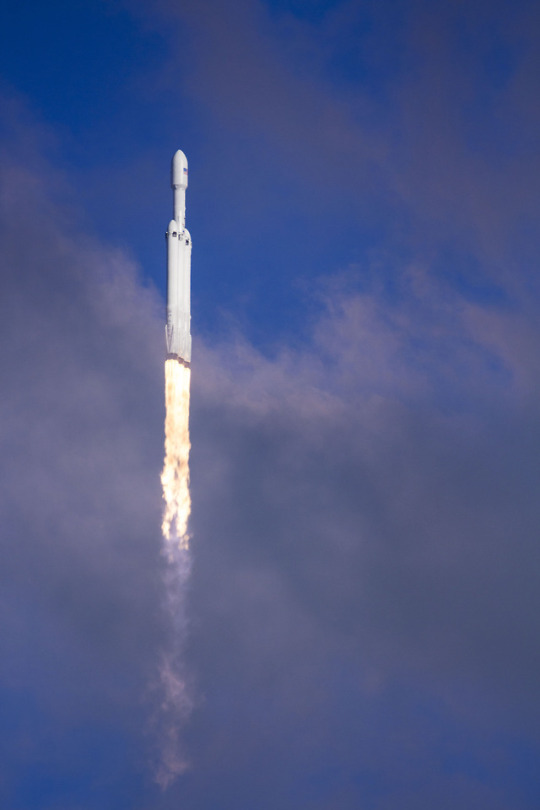


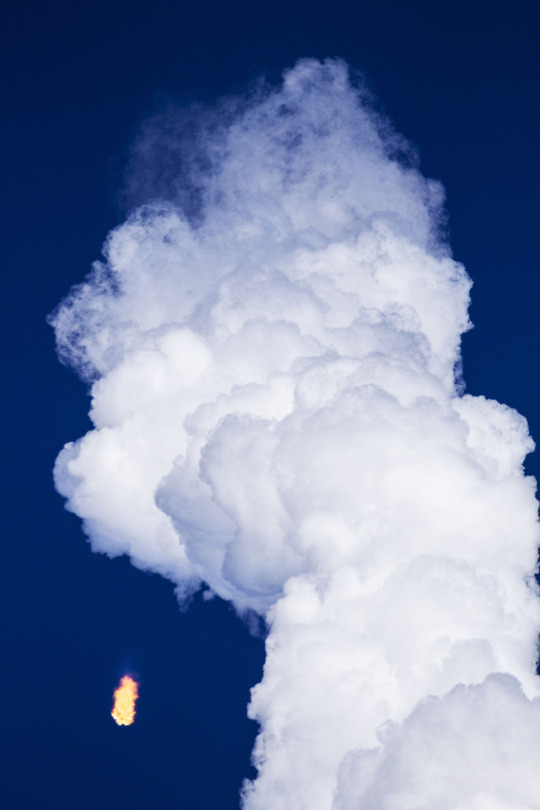
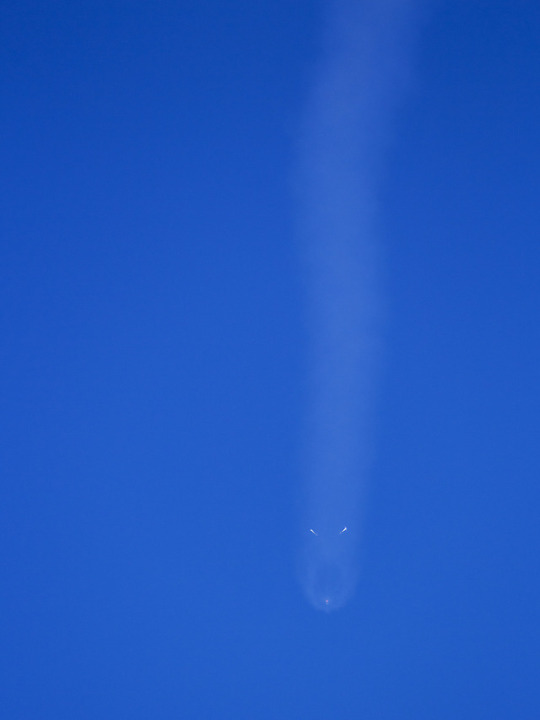

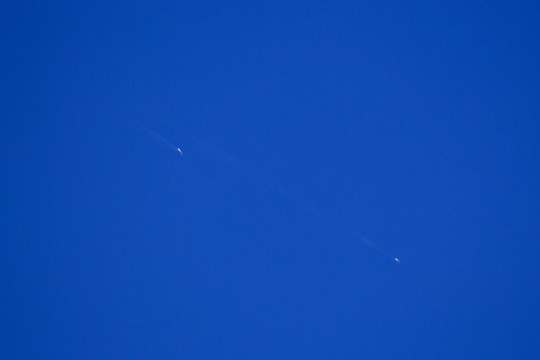
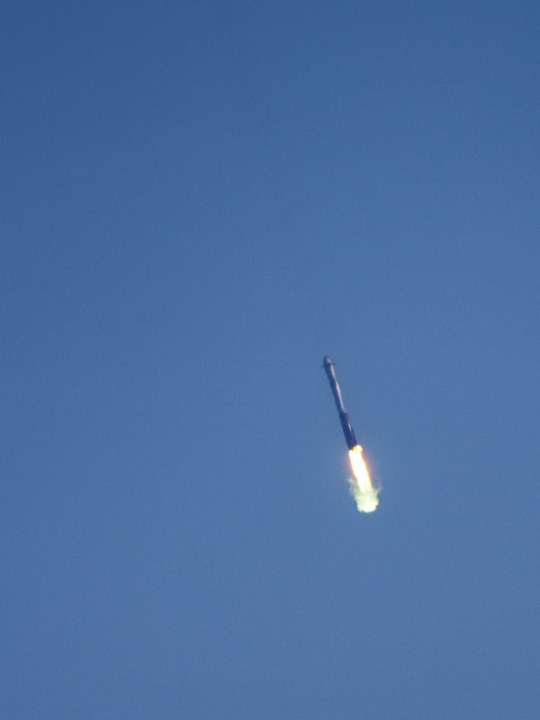
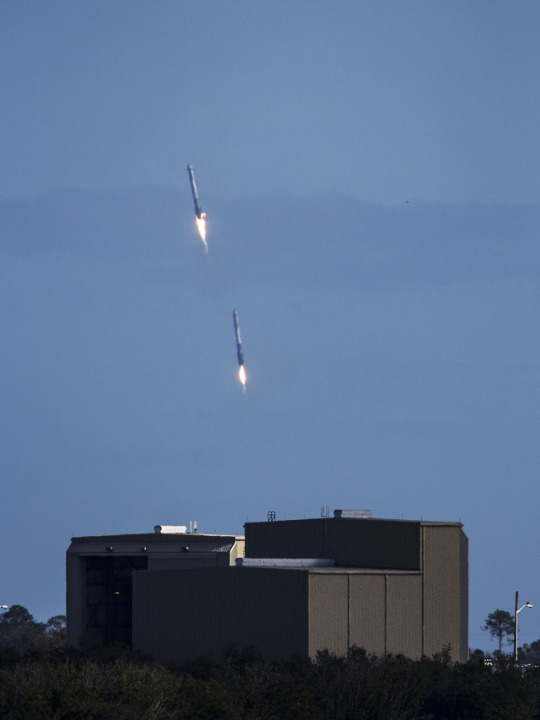
Just over one year ago, the whole world watched as we launched the first flight of the Falcon Heavy. As the booster stages launched and landed, the Kennedy Space Center in Florida was rocked by a cacophony of rocket noise, sonic booms and the song “Life On Mars?” by the recently late David Bowie, played on loudspeakers during launch for screaming crowds, all celebrating the culmination of 15 years of hard work by the SpaceX team.
Different institutions were approached to add a payload, but nobody wanted to take the risk of flying an expensive satellite on an untried rocket. Instead, we launched Elon Musk’s personal Tesla Roadster, an electric vehicle that could beat the rocket in a 1/4 mile race. After launch, we were treated with live views of the red convertible gracefully orbiting its home planet. The upper stage was then fired to depletion, sending the car into orbit around the Sun, beyond Mars toward the Asteroid Belt.
The car has been in space since February 6, 2018, and it already has more miles than any car in history. As I write this, the Tesla is starting its elliptical journey back toward Earth, soon to cross the orbit of Mars again. It will be in space for billions of years, bleached by the sun and pockmarked by micrometeorites. The fact that young people can look into the night sky and say, “There’s a car up there” proves that it’s okay to laugh and dream big.
I grew up in an aerospace family and I’ve been working with fighter jets and rockets since high school. I’ve seen a lot, but witnessing this launch through the viewfinder of my camera changed me. Looking back at my photos reminds me that nothing will be the same again. Now the real work begins. Falcon Heavy will open a new market for larger, heavier satellites, flying more frequently for far less money than ever before. We have a very exciting future ahead. Anything is possible.
#Falcon Heavy#SpaceX#Rocket Launch#Rocket#Launch#Kennedy Space Center#NASA#Cape Canaveral#Cape Canaveral Air Force Station#Florida#Space#Aerospace#Aviation#Photography#Aerospace Photography#Aviation Photography#infinity science center#Engineering#History#Telsa#Project Habu#Elon Musk#Curt Mason#Spacecraft
379 notes
·
View notes
Photo
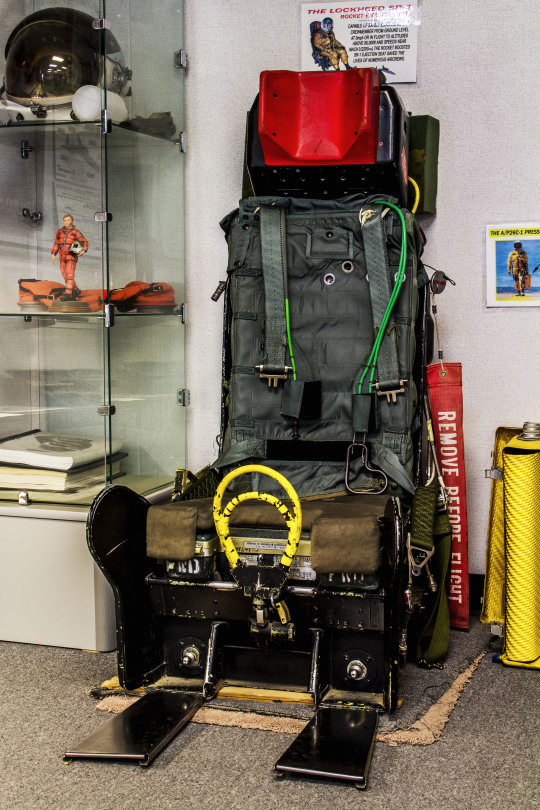
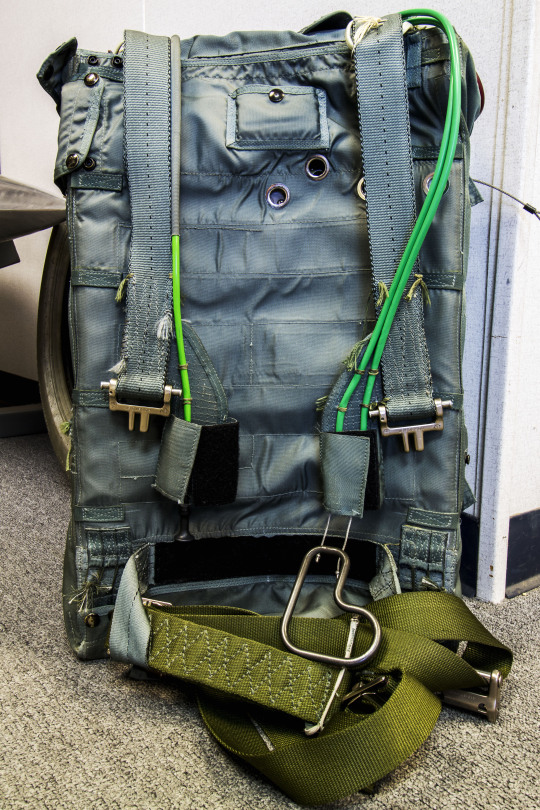

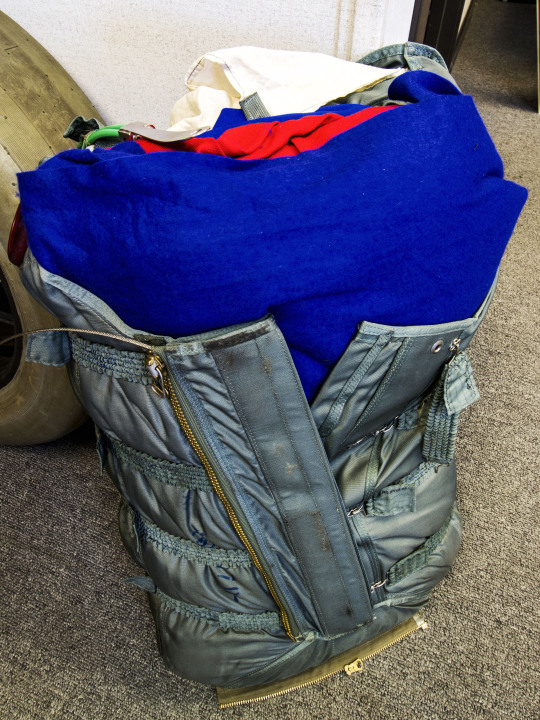
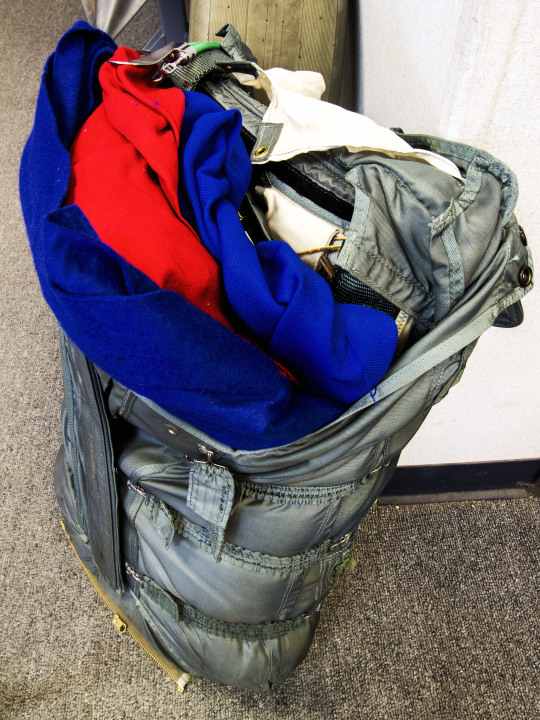

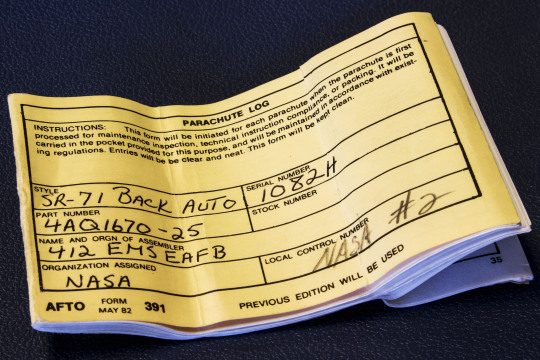
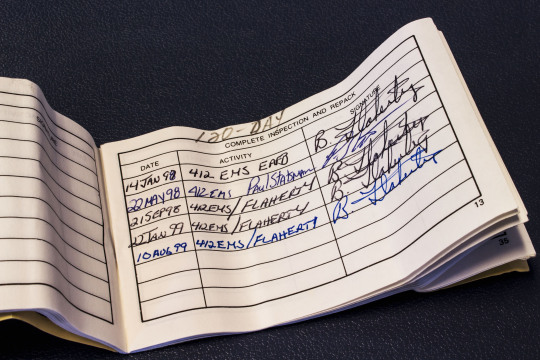
Parachute riggers with the 412th Test Wing at Edwards Air Force Base give pilots one last line of defense when all else fails. They meticulously inspect and pack the parachutes that air crew strap on when climbing into an ejection seat. In this job, there is no room for error.
Fortunately the NASA SR-71 crew that flew with this parachute in the late 1990s never needed this line of defense. After making multiple flights at Mach 3+, the parachute now rests on display at Blackbird Airpark in Palmdale, California, where guests can appreciate it by sitting down and strapping it on themselves.
#History#Science#Engineering#Aviation#Aerospace#Blackbird#SR-71#A-12#USAF#Edwards Air Force Base#Edwards AFB#NASA#SR-71 Blackbird#Blackbird Airpark#Plant 42#Project Habu#Curt Mason#Photography#Aerospace Photography#Aviation Photography#Parachute
299 notes
·
View notes
Photo
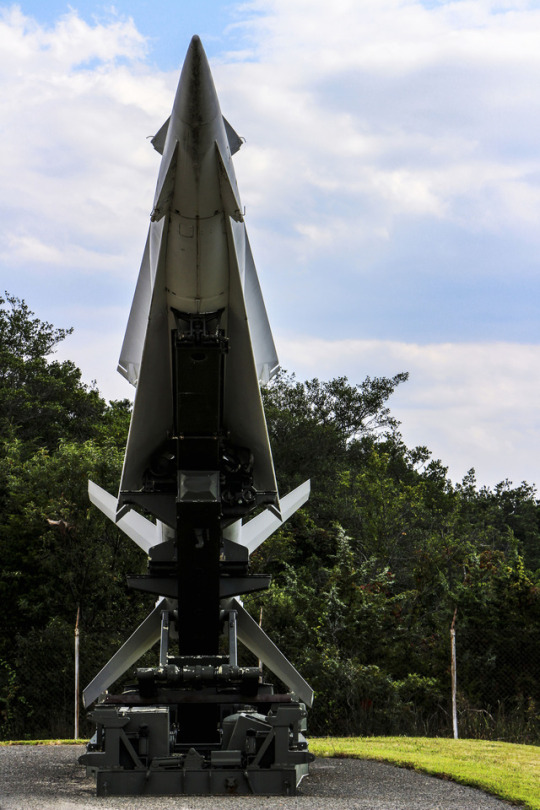
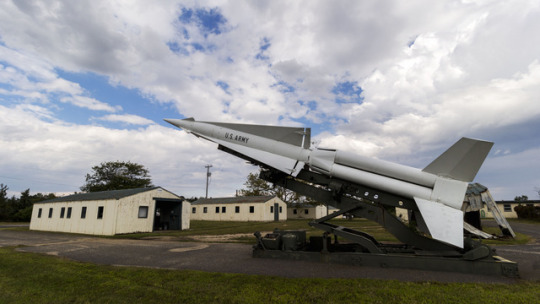

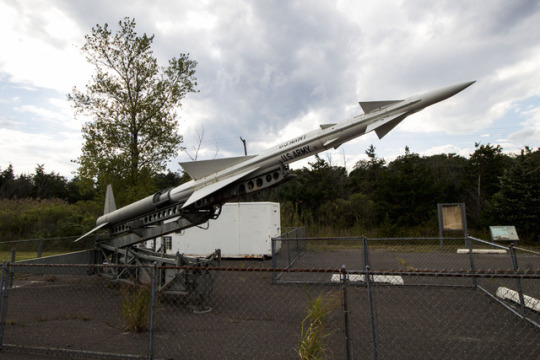
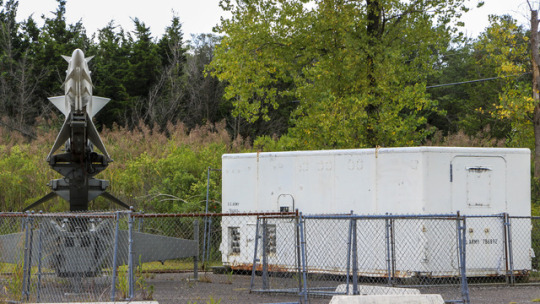

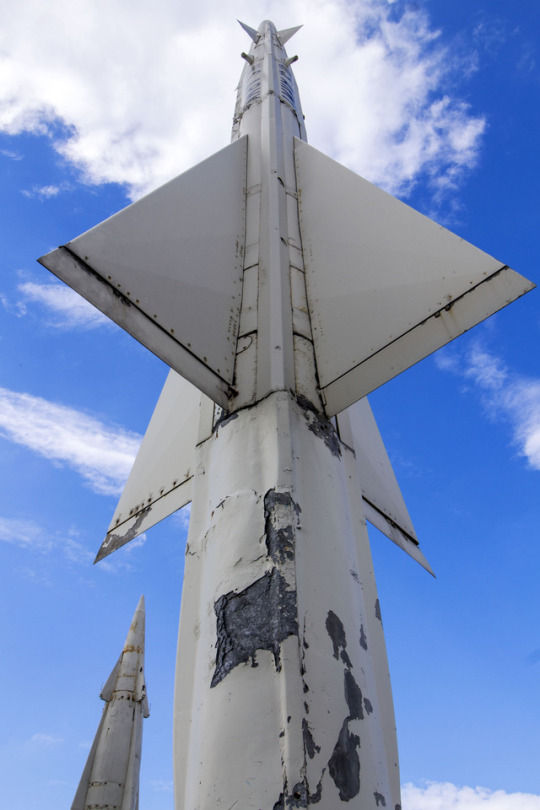
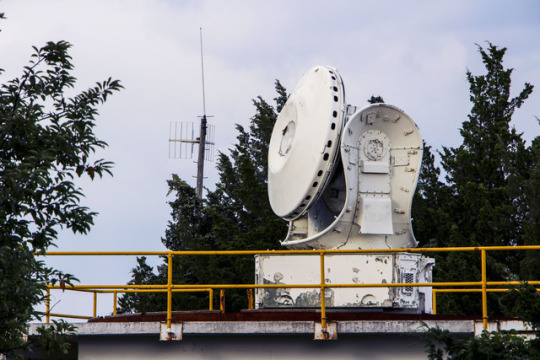
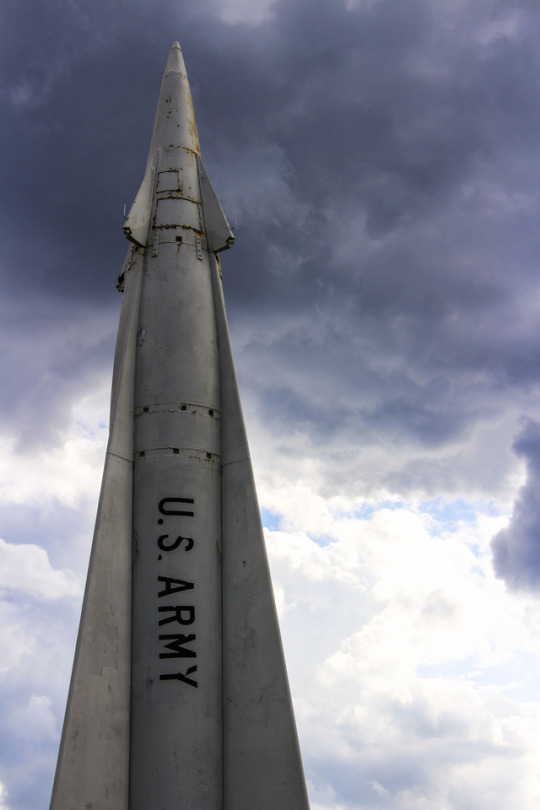
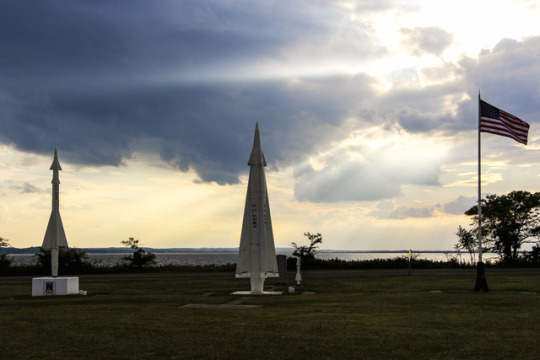
During the Cold War, the US Army’s Nike surface to air missile sites were scattered all over the country, but most densely packed along New England’s Atlantic coast. Just across the bay from New York City lies Site NY-56, where Nike Ajax and Zeus missiles now stand on display mere meters away from where they once stood on alert. Before deactivation in 1975, these same missiles were housed underground, tipped with tactical nuclear warheads, ready to launch at any incoming Soviet Bear or Bison bombers. NY-56 was surrounded by Army guards with orders to shoot to kill any potential security threats. Today, the grounds are owned by the National Park Service, who invite visitors to learn about the tense times, admire the missiles and roam Sandy Hook New Jersey, a barrier spit of land with military history dating back to the Revolutionary War.
66 notes
·
View notes
Photo

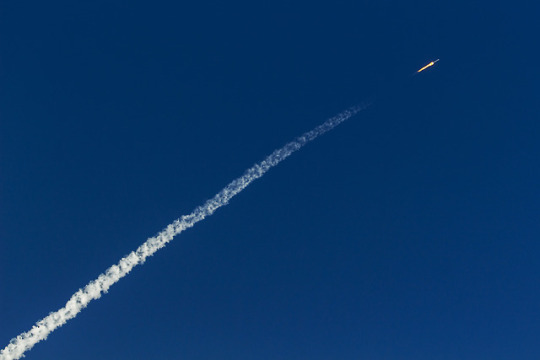
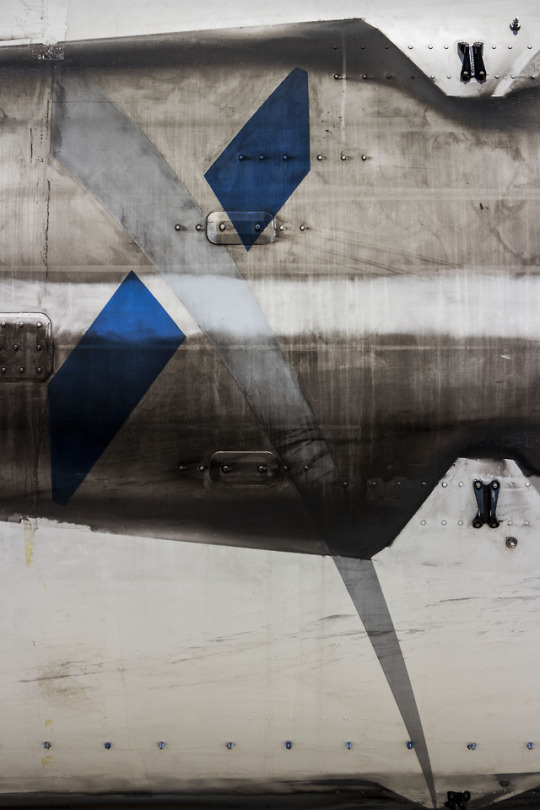
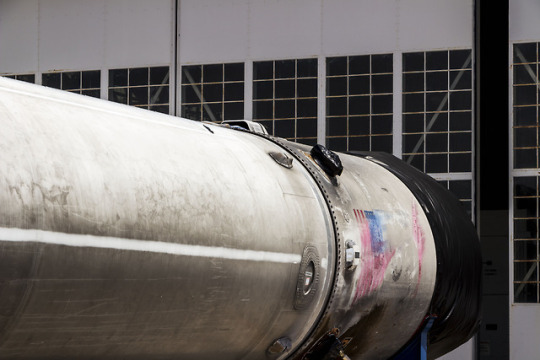
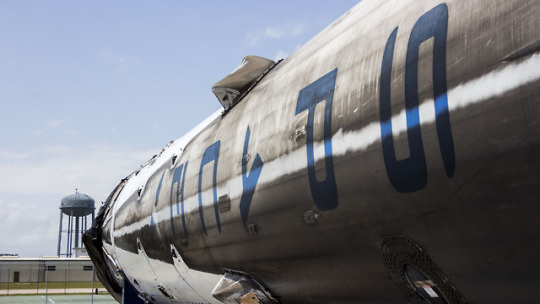
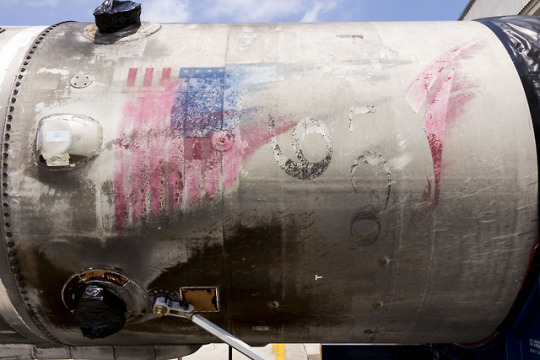
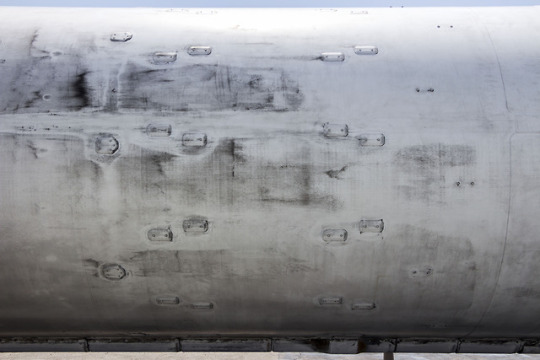

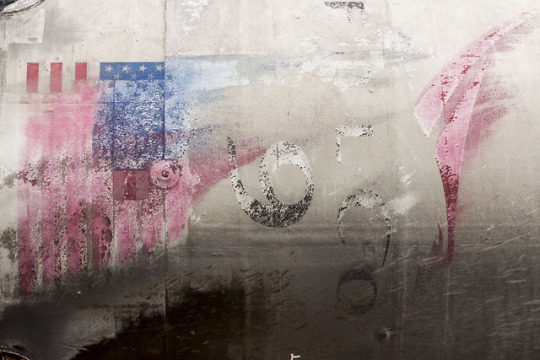
Falcon 9 serial number 1021 has been to space twice. During her first flight on April 8, 2016, she launched over three tons of cargo to the International Space Station during the CRS-8 mission. 8 minutes and 35 seconds after liftoff, the entire aerospace community collectively held their breath as she became the first rocket to successfully land at sea on a ship. This was arguably the greatest milestone in rocketry since the development of the Space Shuttle, the world’s first reusable launch vehicle. You can read my article about 1021′s first flight by clicking here, or watch my video about it by clicking here.
1021 would launch again just less than a year later on March 30, 2017, deploying the SES-10 communication satellite and proving Falcon 9′s capability as a reusable rocket (launch pictured above). This was yet another enormous milestone, but the pièce de résistance is soon to come. It is probable that within a year, we will see a Falcon 9 demonstrate the capability of launching twice within 24 hours. When that happens, the world will have its first rapidly reusable rocket. One step at a time, humans are becoming a spacefaring race.
#Science#Engineering#History#Aerospace#Aviation#Rocketry#SpaceX#Falcon 9#NASA#Rocket#Photography#Rocket Launch#Launch#Aerospace Photography#Aviation Photography#Project Habu#Curt Mason#Cape Canaveral#Kennedy Space Center#Cape Canaveral Air Force Station
165 notes
·
View notes
Photo
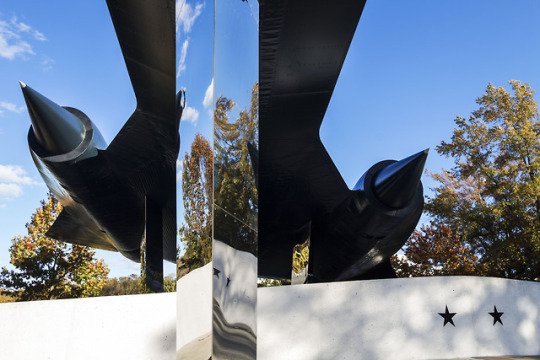
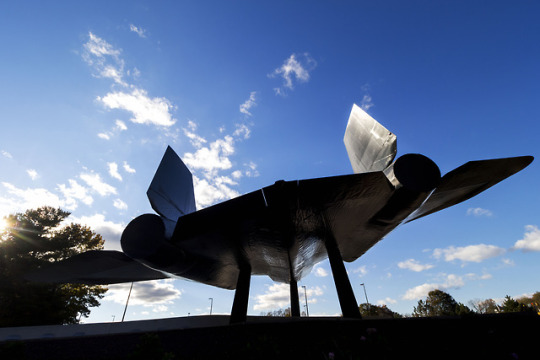
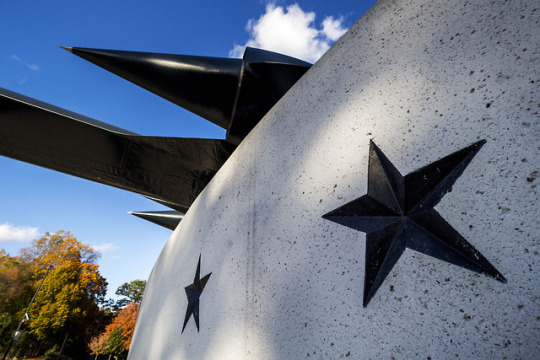
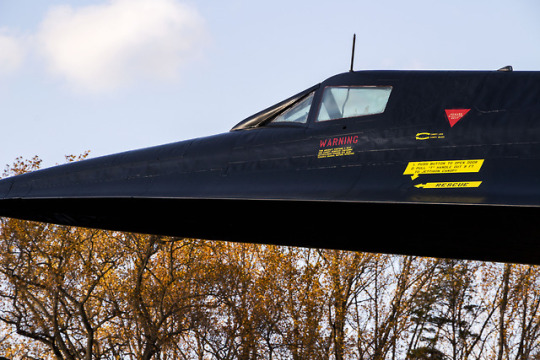

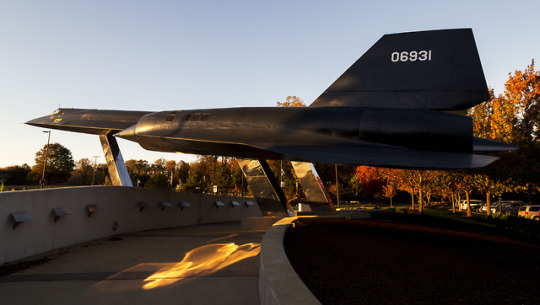
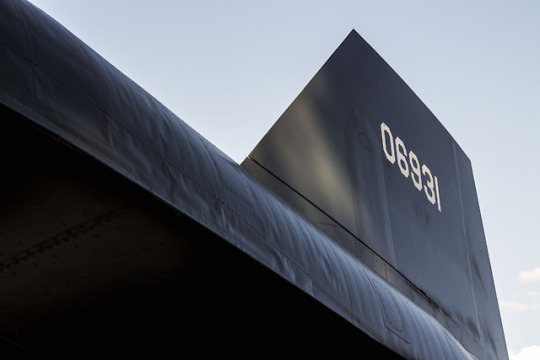
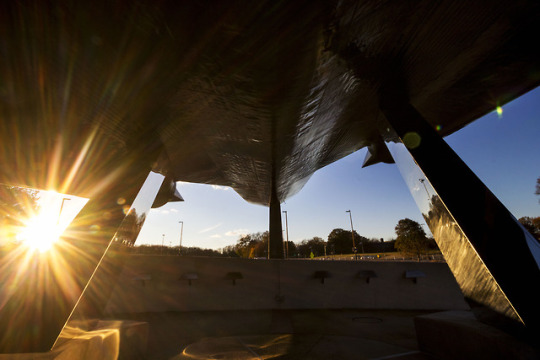


Five years ago, when I set out to photograph all 30 surviving Blackbird airframes, I knew that A-12 Article 128 would be the most challenging to obtain. She lies inside the high security walls of CIA Headquarters in McLean, VA and the public is not permitted to tour the facility. Try as I might, my attempts to visit were blocked over the years. I learned that the director of the Smithsonian wasn’t allowed to bring a camera during his visit. I expressed this goal to a blackbird pilot who told me, “The CIA does not humor things like that.” After years of discouragement, I could have given up, but that’s not me. My hope and determination never wavered.
Through careful networking and polite persistence, I finally found the right people; people that saw my belief in service to nation and the agency’s mission. I discovered that the men and women of the Central Intelligence Agency are passionate about educating the public about their work and were willing to give Project Habu the privilege of sharing their story. The timing couldn’t have been better. In November 2018, Article 128 was coming out of a complete restoration and the fall colors were in full bloom. I scheduled my visit. Finally, Project Habu could share the complete story of the Blackbird program.
Shaking with adrenaline, I drove to the base and mentally prepared myself for taking pictures with no chance of a do-over. I had lived and worked on military bases for years, but this was different. This was Langley. This was The Compound. This was a plot of land with intelligence history dating back to the Civil War, where Thaddeus Lowe’s balloons were launched carrying men to report troop movement during the birth of aerial reconnaissance. This was hallowed ground.
The agency could not have been more welcoming to Project Habu. I walked through the Original Headquarters Building Memorial Lobby and scanned the names of the fallen agents in the Book of Honor, immediately spotting the names of Walt Ray and Jack Weeks, the two fallen A-12 pilots. I talked reconnaissance history with the people who were actively making that history and shared stories of my grandfather, who was a CIA contractor employee working as a Lockheed Skunk Works engineer. This put me in the perfect mindset to take the photos that I had been dreaming about for years.
As golden hour began, we traveled to Article 128, gleaming in the sunset, cleverly mounted with an 8 degree pitch up and a 9 degree left roll, symbolizing the aircraft’s 85,000 to 90,000 ft cruising altitude. Under the bird, two black stars memorialize Ray and Weeks. These stars do not protrude outward, but are carved into the concrete of the memorial, symbolizing the agency losing a piece of themselves, but forever changing the shape of the agency so these men will never be forgotten.
All too soon, the sun disappeared over the horizon and my photo shoot was finished. For a half decade, I had pre-visualized images of Article 128 with fall colors blazing in the background. These images were now baked into my SD card. The surreal experience was over and my belief was further solidified that no matter how slim the odds, no matter how many naysayers, you must never let your dreams remain as dreams. Anything is possible and the men and women of the Central Intelligence Agency prove that on a daily basis. I thank each of them for helping me make these images a reality.
#Aerospace#Aviation#Photography#Blackbird#A-12#Oxcart#CIA#CIA Headquarters#Aviation Photography#Aerospace Photography#SR-71#Project Habu#History#Science#Engineering#Central Intelligence Agency#Memorial#Article 128#A-12 Article 128#A-12 Oxcart#Curt Mason#Aircraft#Jet#Airplane#Reconnaissance#Intelligence#Cold War
678 notes
·
View notes
Photo
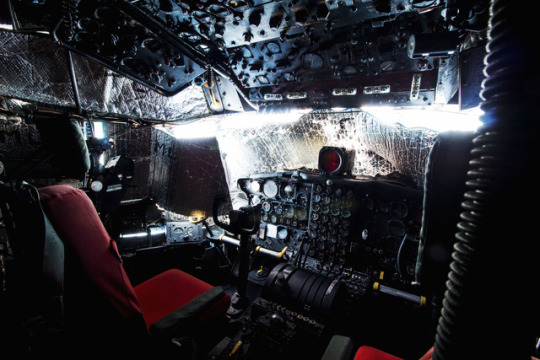
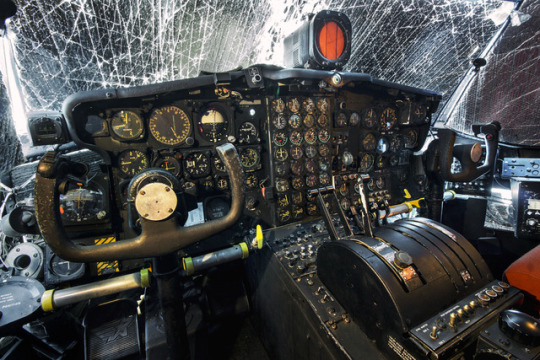
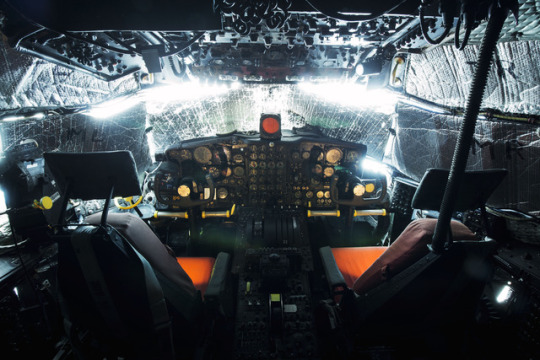
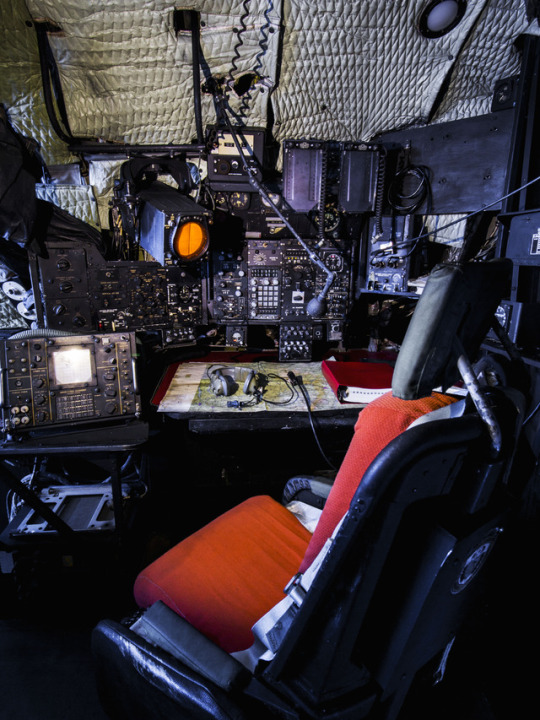

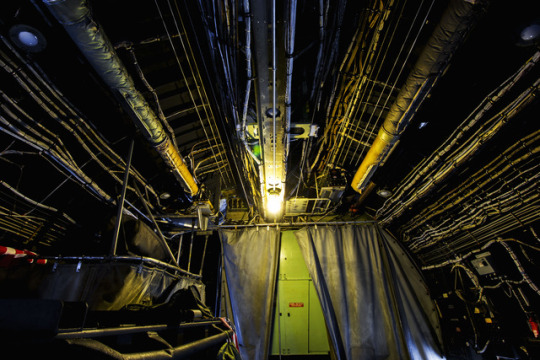
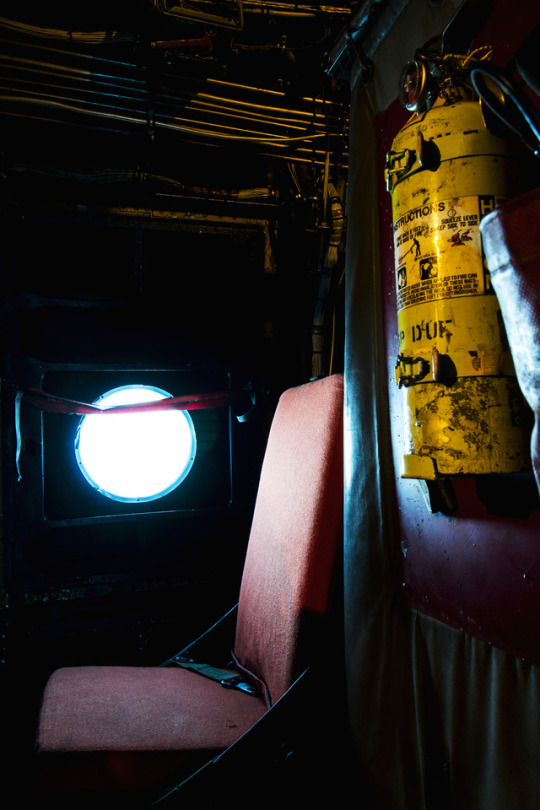
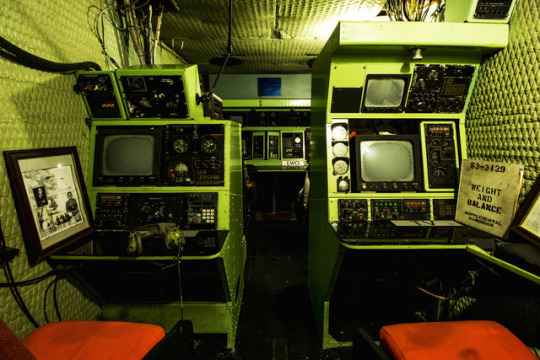
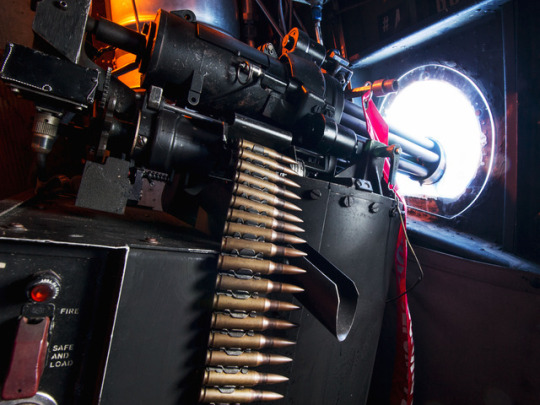
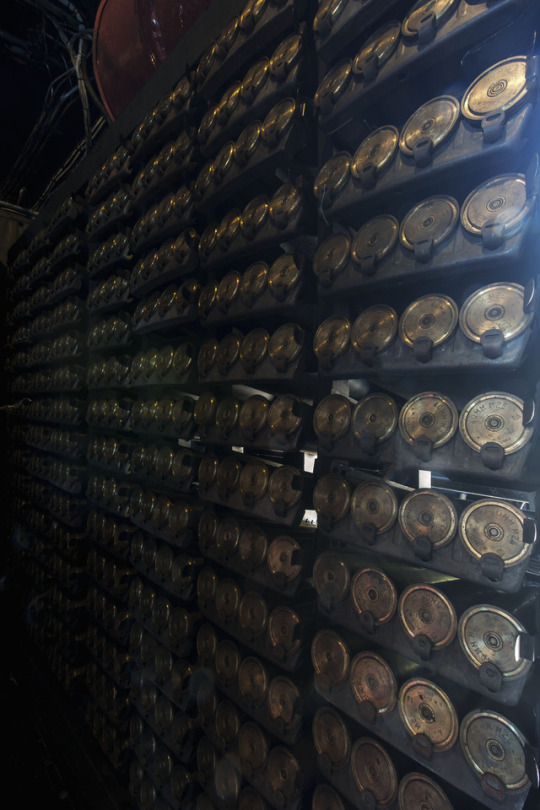
The cockpit of the First Lady contains volumes of history. She was the first C-130 off the production line and became combat hardened in Vietnam as the first to be converted to the AC-130 gunship. Don Garretson, who flew aboard the First Lady as a Forward Looking Infrared Operator, tells one of her best stories.
During the golden age of NASA’s Space Shuttle Program, the 919th Special Operations Group used the First Lady and other AC-130 Spectre aircraft to patrol Kennedy Space Center’s beach during the hours leading up to a launch. Garretson couldn’t recall any security breaches, but considering the 40 mm Bofor cannons projecting out the side of the aircraft, this is not a surprise.
Just before launch, the First Lady and her crew would fly to a holding point over Port Canaveral with their nose pointed toward the launch pad. The cockpit of a Spectre is fairly roomy, holding a maximum of 6 people but during the terminal count, 10 crew members would pile inside the cockpit, all with their faces pressed as close as possible to the windscreen.
Crew members would listen as the familiar sounds of the countdown would play through the radio. Once they heard, “Liftoff!”, the pilot would reef back on the controls, racing the shuttle upward, trying to keep the rocket in view through the windows as it accelerated into the blue. The Spectre aircraft secured the first 25 space shuttle missions and the crew repeated this ritual every time.
When Space Shuttle Challenger was lost, the 919th used their AC-130 ships for search and rescue operations. Garretson himself participated in one such mission mere hours after the loss. Against all odds, he used the infrared system to try to spot survivors.
After shuttle’s return to flight, a private venture called Air Scan was formed to continue securing launch operations in Florida, allowing the 919th to free their gunships for training sorties, keeping them combat ready. Among the fleet of Spectres, the most beloved would always be the First Lady, resting at the Air Force Armament Museum at Eglin Air Force Base, Florida. Click here to read more stories about this first ever C-130.
#Aviation#Aerospace#History#Science#Engineering#Photography#Aerospace Photography#Aviation photography#C-130#First Lady#Aircraft#AC-130#Spectre#AC-130 Spectre#Eglin Air Force Base#Eglin AFB#Air Force Armament Museum#Project Habu#Air Force#Lockheed#C-130 Hercules#Hercules#stinger ii#Spooky#Ghostrider
313 notes
·
View notes
Photo

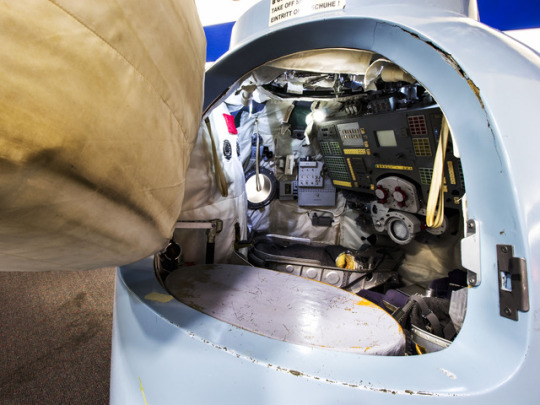


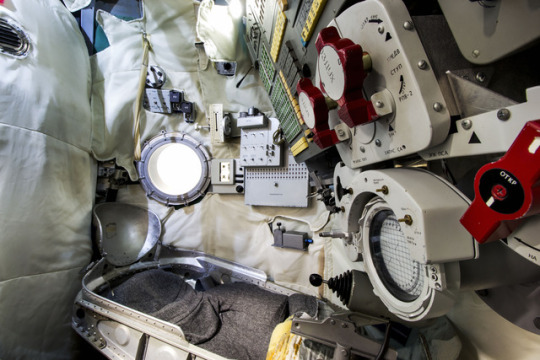
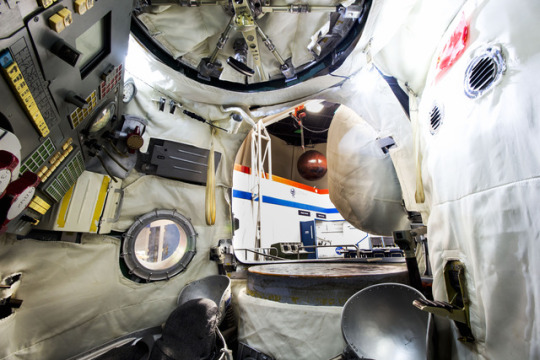
The Cosmosphere in Hutchinson, Kansas, is the only place where young people can train inside a real astronaut trainer. During the early years of the International Space Station inhabitancy, the interior of this Soyuz T spacecraft was used at NASA’s Johnson Space Center in Houston, Texas, helping our astronaut corps prepare for the contingency of an emergency evacuation. Fortunately, this function was never needed. After being replaced with more up to date, advanced trainers, this equipment made it to the Cosmosphere.
Climbing inside the small spacecraft was a harrowing event for my 6′ 4′’ frame. The Syouz is very cramped, even for people of smaller size. As I struggled to settle back into the seat, my thoughts went to 6′ 2′’ NASA astronaut Scott Parazynski. During the process of being fitted for a custom Soyuz seat, Parazynski was lying down in a plaster mold while Russian technicians tended to the operation. After much head shaking and Russian muttering, it became evident to Parazynski that he simply wouldn’t fit in the seat. As a result, he continued flying aboard the much larger Shuttle instead of the Soyuz. Among his astronaut colleagues, he gained the nickname, “Too Tall”. Fortunately, the young people that visit the Cosmosphere fit quite nicely inside the trainer, where educators use this hardware to inspire students to look toward the stars, no matter their stature.
#Aerospace#Aviation#Spaceflight#Photogrpahy#Aviation Photography#Aerospace Photography#Spacecraft#Capsule#Soyuz#Astronaut#Cosmonaut#Astronaut Trainer#Cosmosphere#Museum#Project Habu#Johnson Space Center#NASA#Kansas#Hutchinson#Kansas Cosmosphere#Space Ship
63 notes
·
View notes
Photo
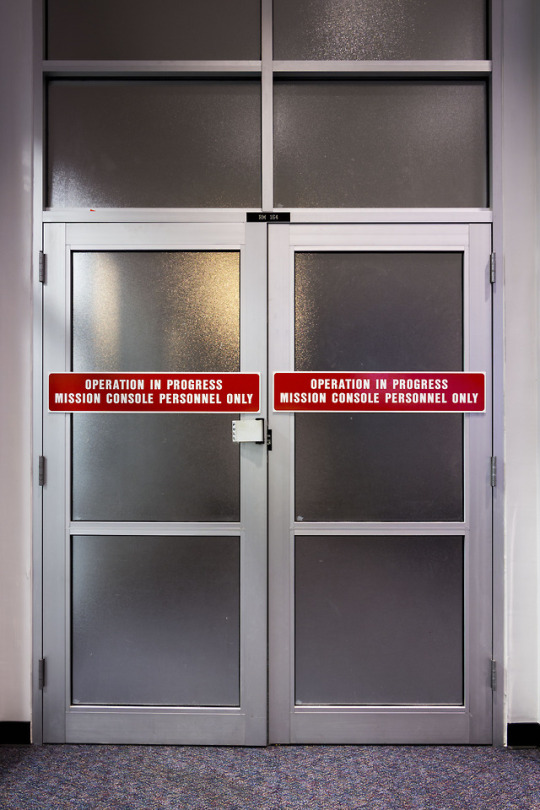
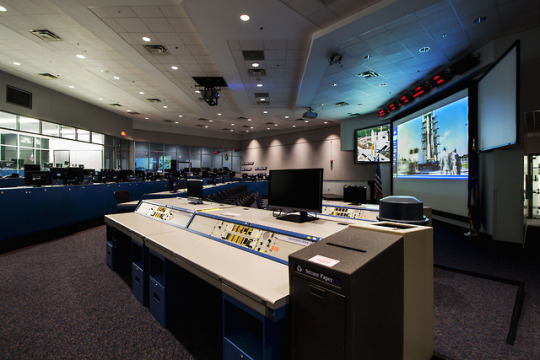
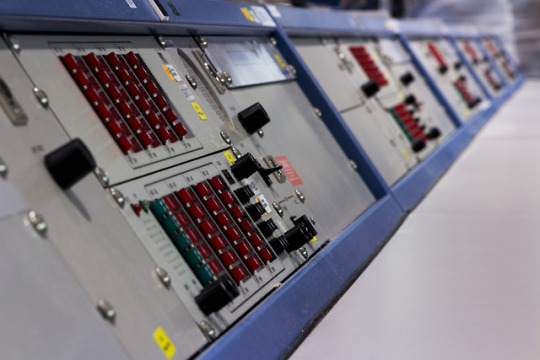
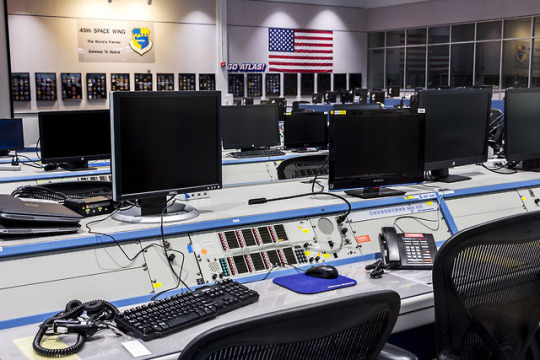
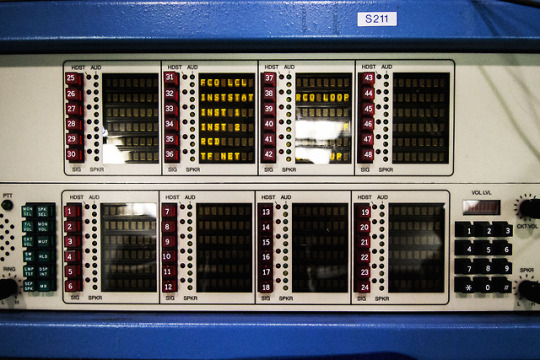
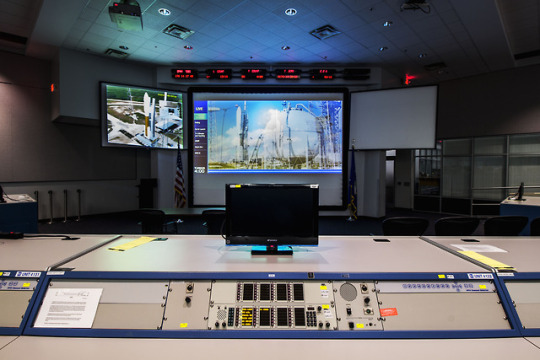

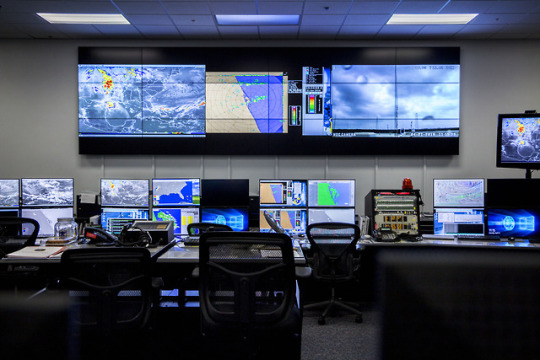
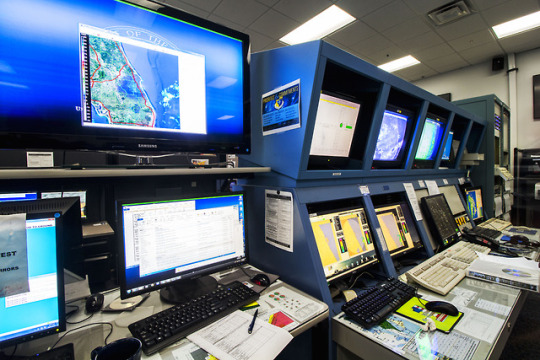

During the countdown, airmen keep a watchful eye from the control rooms at the Morrell Operations Center at Cape Canaveral Air Force Station, Florida. The people in this building ensure that the rocket stays on the ground until it is safe to fly. This means that the weather must be acceptable and no pilots or mariners have taken their ships into the exclusion zone near the path of the rocket. Once given the all clear, we have liftoff. If the rocket strays from its intended course, the command destruct system is activated, causing the out of control rocket to break apart instead of endangering people and property on the ground. This enormous responsibility is managed by the men and women of the 45th Space Wing of the United States Air Force.
#Aerospace#Aviation#Science#Engineering#Technology#Space#Rocket#Morrell Operations Center#NASA#Kennedy Space Center#Cape Canaveral Air Force Station#photograph#Aerospace Photography#Aviation Photography#Air Force#USAF#United States Air Force#Control Room#Project Habu
580 notes
·
View notes
Photo
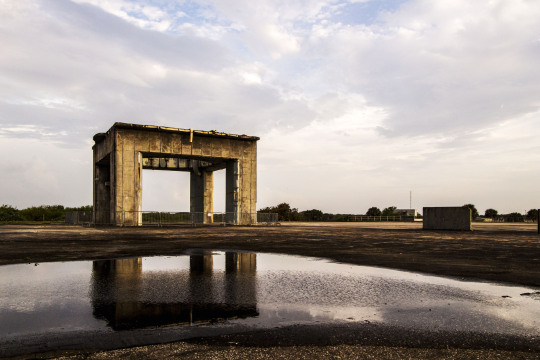
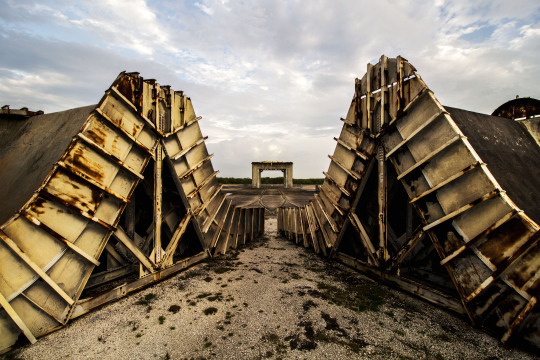

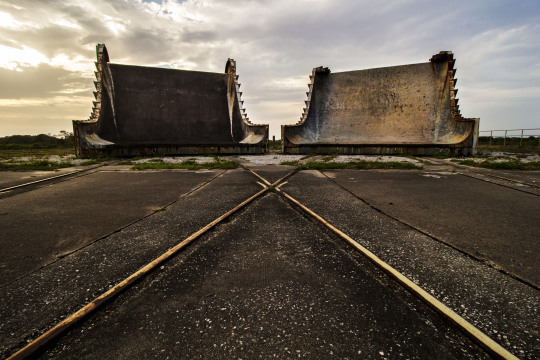

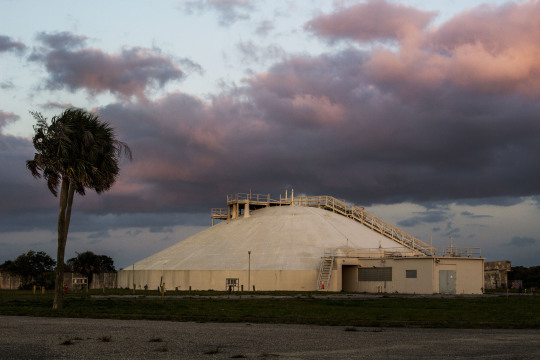
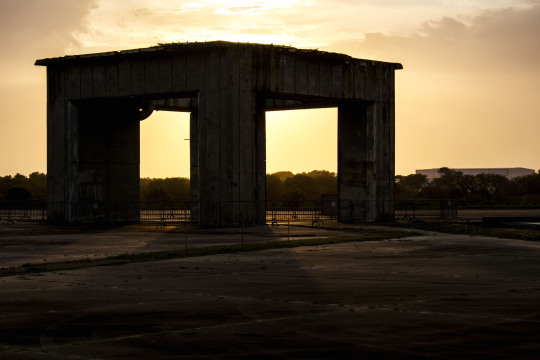
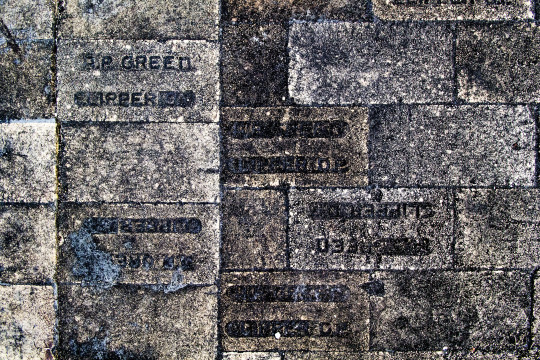
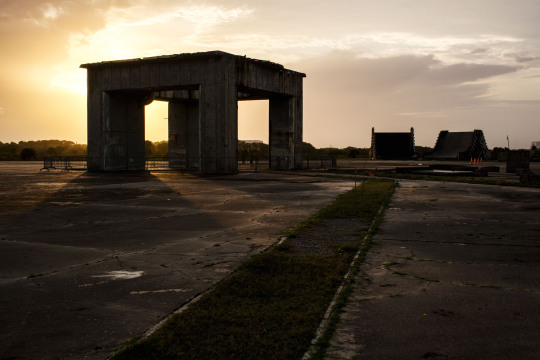
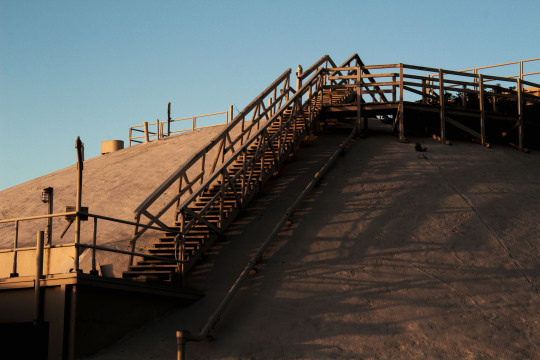
January 27, 2019
52 years ago today, we lost the Apollo 1 crew on Launch Pad 34 at Cape Canaveral Air Force Station. When I shot these photos of the pad, I remembered our three heroes, Gus Grissom, Ed White and Roger Chaffee. We remember the mechanics of the fire and what engineering improvements were made to make the spacecraft safer. Most importantly, we must remember the warning signs that led to the accident. As aerospace workers and citizens in everyday life, we must apply these lessons to break the chain of events that leads to an accident. This is the best way we could honor the sacrifice of these three great men. Godspeed to all of our future astronauts. Godspeed to the crew of Apollo 1.
#Apollo 1#Cape Canaveral#Apollo Program#Memorial#Kennedy Space Center#NASA#Project Apollo#Project Habu#Spaceflight#Aerospace#Aviation#Photography#Launch Pad 34#LC-34#Launch Complex 34#Apollo 1 Fire#Ed White#Gus Grissom#Spacecraft#Launch Pad#Aviation Photography#Aerospace Photography
293 notes
·
View notes
Photo
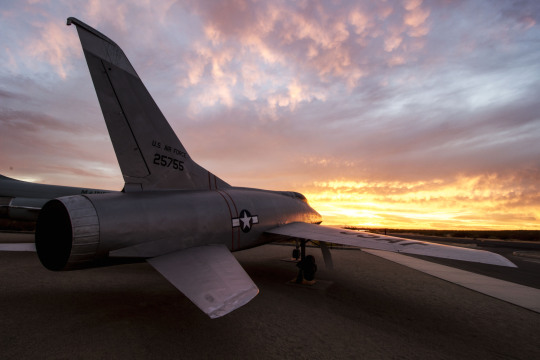
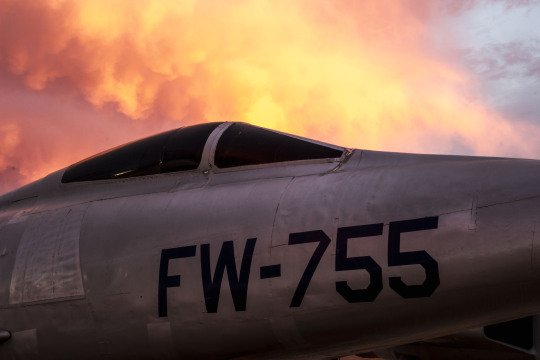


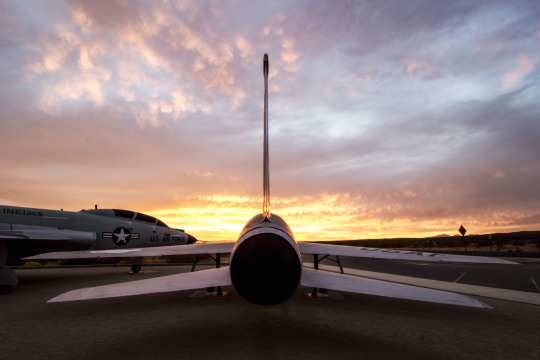

Nothing says flight test better than a High Desert sunset over a prototype Century Fighter. YF-100A 52-5755, the second of two prototypes, took her first flight from Edwards Air Force Base, California on October 14, 1953, where she still sits today, having paved the way for a fleet of more than 2,000 to follow. The Hun (short for “one hundred”), represents a paradigm shift in air warfare as the first fighter to maintain supersonic speed in straight and level flight. All preceding fighters had to dive to achieve Mach 1.
755 rests in the Century Circle just outside the West Gate of Edwards. This display was put in place by the Air Force Flight Test Museum, giving the public an opportunity to feel the presence of these flying machines that pushed the boundaries of higher, faster, farther.
Sometimes a sunset stops you in your tracks. That’s what happened to me when I was commuting home on October 30, 2014. I had to pull over and take these photos.
#Edwards Air Force Base#Edwards AFB#Air Force#History#Aviation#Aerospace#Photography#Sunset#Engineering#Science#Aerospace Photography#Aviation Photography#F-100#Fighter#Jet#Fighter Jet#Prototype#Airceaft#Airplane#Super Sabre#Sabre Jet#F-100 Super Sabre#YF-100#F-100A#YF-100A#Century Circle#Mojave Desert#Landscape
376 notes
·
View notes
Video
youtube
Vlog Episode 4 was filmed in Florida, New York, the Intrepid Museum and One World Trade Center.
Music is I've Been Lonely by AK & Andrew Applepie
https://soundcloud.com/aljoshakonstanty
https://soundcloud.com/andrewapplepie
#Hurricane#Irma#Hurricane Irma#Florida#New York City#NYC#History#Aerospace#Aviation#Airline#Space Shuttle#Blackbird#SR-71#A-12#Enterprise#Space#Intrepid Museum#Evacuation#Habu#Project Habu#Photography#Videography#Aerospace Photography#Aviation Photography#Space Shuttle Enterprise#Shuttle Enterprise#Engineering#Airplanes#Airplane#Aircraft
9 notes
·
View notes
Photo
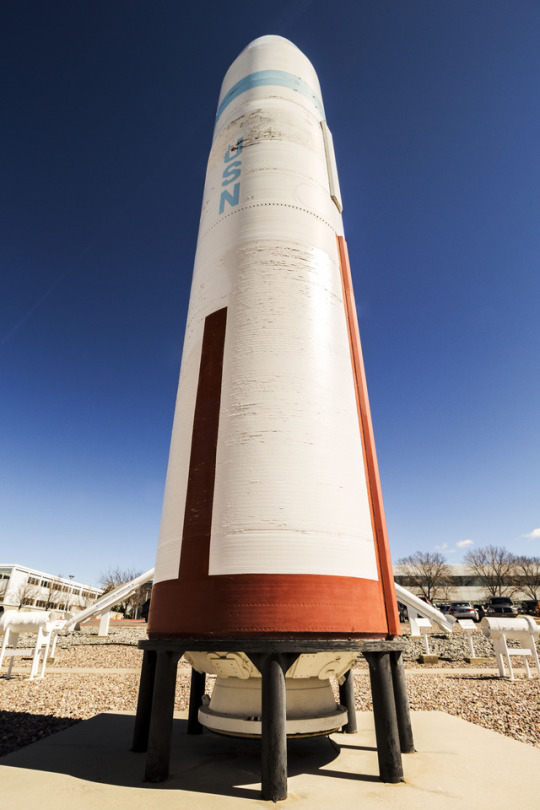
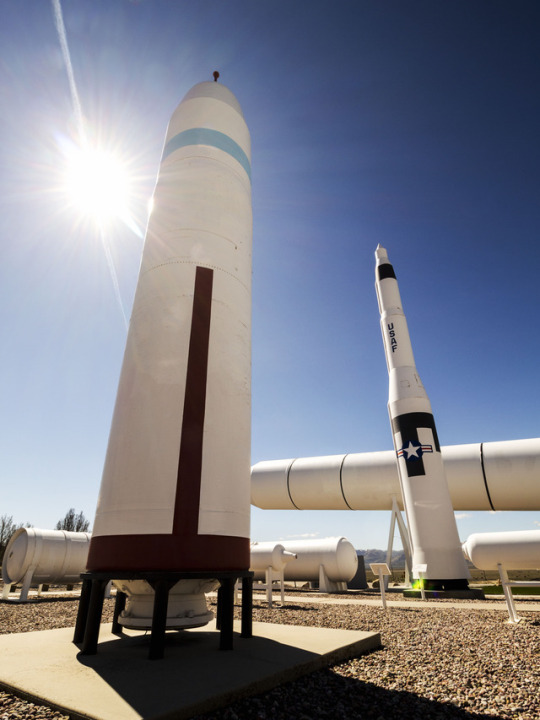
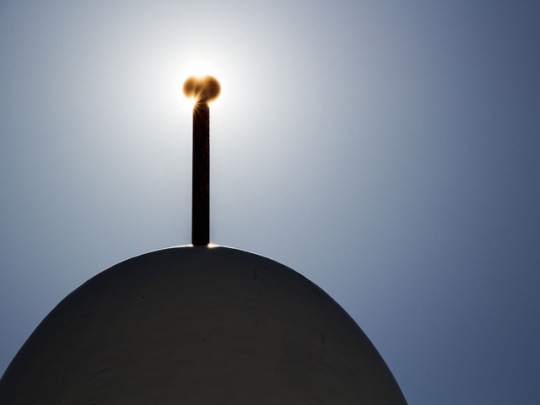

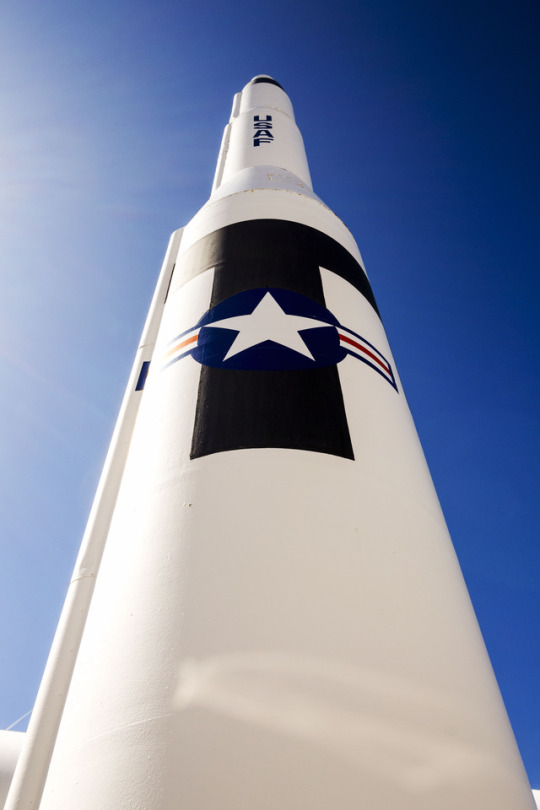

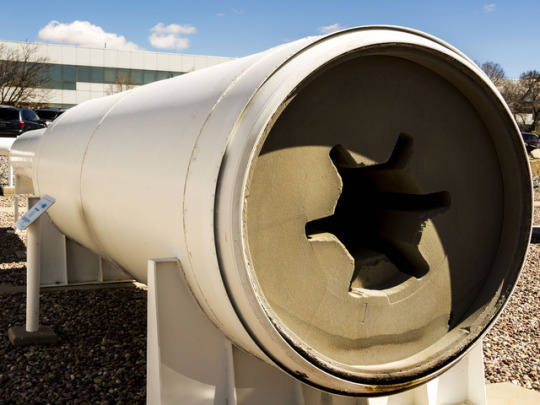
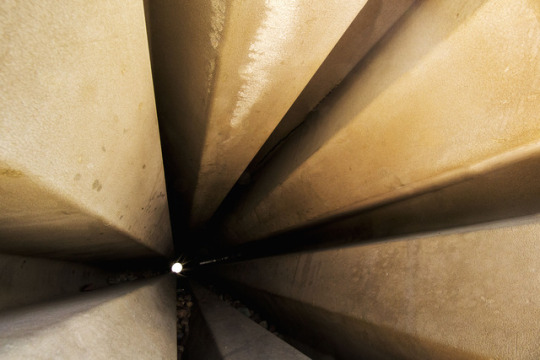
There are few safer places to build and test rocket motors than the expansive Utah Desert. The underpopulated area produces few noise complaints during dramatic rocket motor tests. Over the years, Orbital ATK’s Test Services facility in Promontory, Utah, have deflagrated millions of tons of high explosives in a controlled manner. Some of these accomplishments are displayed in a rocket garden in front of the facility. Although this garden houses many treasures, I’ve showcased two significant vehicles in this photoset; the Air Force’s LGM-30A Minuteman I and the Navy’s UGM-96 Trident I.
Minuteman I was the first intercontinental ballistic missile that used highly reliable solid propellant technology, which was much preferable to previous liquid propellant designs. Solid propellant could allow the missile to be safely stored in an underground silo, needing very little maintenance, giving the ability launch in less than a minute after the firing command was given, (hence the name “Minuteman”). Trident I brought this same technology to Navy submarines, which allows for a mobile launch pad, thus adding an element of unpredictability, giving a significant strategic advantage to the United States over the Soviet Union in the Cold War.
While photographing these missiles, I recalled a story from my grandfather, George Curtis, who had design work in the Trident reentry vehicles for Lockheed. To this day, much of the program remains secret, so he could not share details of his work, but he did occasionally reminisce about his days in the Trident flight test program. These missiles would be launched from the West Coast of California, fly into space over Hawaii, then reenter over Kwajalein Atoll, a small Marshall Island in the Pacific, where my grandfather would be standing in the pitch dark night. He could look up and watch as the multiple independently targetable reentry vehicles separated from their bus in space. Ionized atmosphere would glow as the vehicles began their reentry. They would brightly streak toward the earth, then hit the surface at speeds in excess of 1,000 mph. After seeing this spectacle, my grandfather said, “This is what the end of the world will look like, except there will be more of them.”
Minuteman I and Trident I have been retired. They saved more lives than they took, serving as a powerful deterrent to nuclear attack and a bargaining chip used in ending the Cold War peacefully. Direct derivatives of these systems continue to operate today, underground and undersea, with my grandfather’s engineering aboard and his hopes that they will never be fired in anger.
#History#Aerospace#Missile#Space#Engineering#ICBM#Trident#Minuteman#Trident Missile#SLBM#Minuteman Missile#Trident I#Minuteman I#Orbital#ATK#Orbital ATK#Thiokol#Morton Thiokol#Rocket Test#Utah#Promontory#Intercontinental Ballistic Missile#Ballistic Missile#Intercontinental Missile#Northrop Grumman#Rocket#Atomic Weapon#Atomic#Nuclear Weapon#Atomic Bomb
205 notes
·
View notes